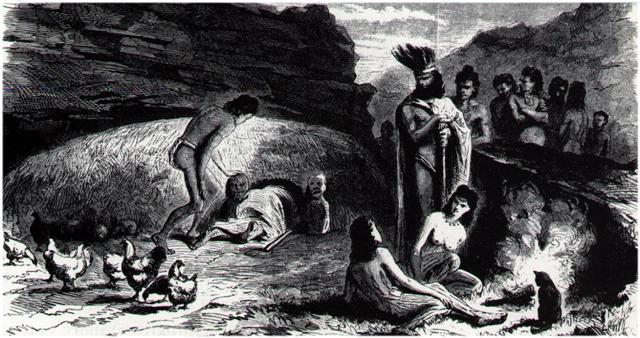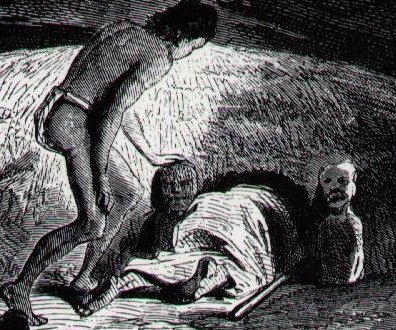There certainly was a well established order with all
phenomena in their proper places.
According to Wikipedia the Phoenician alphabet had 22
letters (=
314 * 7, disregarding the zeroes according to ancient
tradition), letters with the following meanings:
These letter meanings could have been intended to be read in
parallel. For instance is the 1st letter (ox) reasonably
connected with the 11th (goad) and the 5th letter (window)
connected with the 15th (eye). The bright morning Sun 'eye'
could be contrasted in the nakshatra sky with the poor
light allowed in through a window.
"The earliest windows were just holes in a wall. Later, windows were covered with animal hide, cloth, or wood. Shutters that could be opened and closed came next. Over time, windows were built that both protected the inhabitants from the elements and transmitted light, using multiple small pieces of translucent material (such as flattened pieces of translucent animal horn, thin slices of marble, or pieces of glass) set in frameworks of wood, iron or lead. In the Far East, paper was used to fill windows. The Romans were the first known to use glass for windows, a technology likely first produced in Roman Egypt. Namely, in Alexandria ca. 100 AD cast glass windows, albeit with poor optical properties, began to appear, but these were small thick productions, little more than blown glass jars (cylindrical shapes) flattened out into sheets with circular striation patterns throughout. It would be over a millennium before a window glass became transparent enough to see through clearly, as we think of it now." (Wikipedia) My perception of a parallel reading in pairs (1-11, 5-15) is supported by how these letters were designed:
Considering how the ancient Polynesians at the end of a
long voyage used to bring the hut of a sea-going
double-canoe up onto land to become a first house it is
also possible to connect the 2nd letter (house) with its
opposite, the
12th letter (water).
A door opening (4th letter) is a vacant space and should have firm supporting
pillars (14th
letter) on each side:
Dalet, I imagine, is D-L-T, with T indicating 'female', like when the Egyptians added -t to their male god Nu in order to form the name of the goddess of the night, Nut.
A mortal cannot enter a war ship anywhere, he has to avoid the short ends (the equinoxes): …to enter a war canoe from either the stern or the prow was equivalent to a 'change of state or death'. Instead, the warrior had to cross the threshold of the side-strakes as a ritual entry into the body of his ancestor as represented by the canoe. Te-ui-ra Henry: "The first god's house in the temple was the empty body of Ta'aroa's own person, and it became a model for all other god's houses. One day Ta'aroa let himself go into a trance and his spirit stood away in space while his body floated in the sea; then he said to his daughters: Oh, girls, girls! How many canoes are there at sea? And the daughters replied: It is like one, it is like one! Then Ta'aroa's spirit said: Who can it be? And they answered: It is thyself assuredly!"
| ||||||||||||||||||||||||||||||||||||||||



